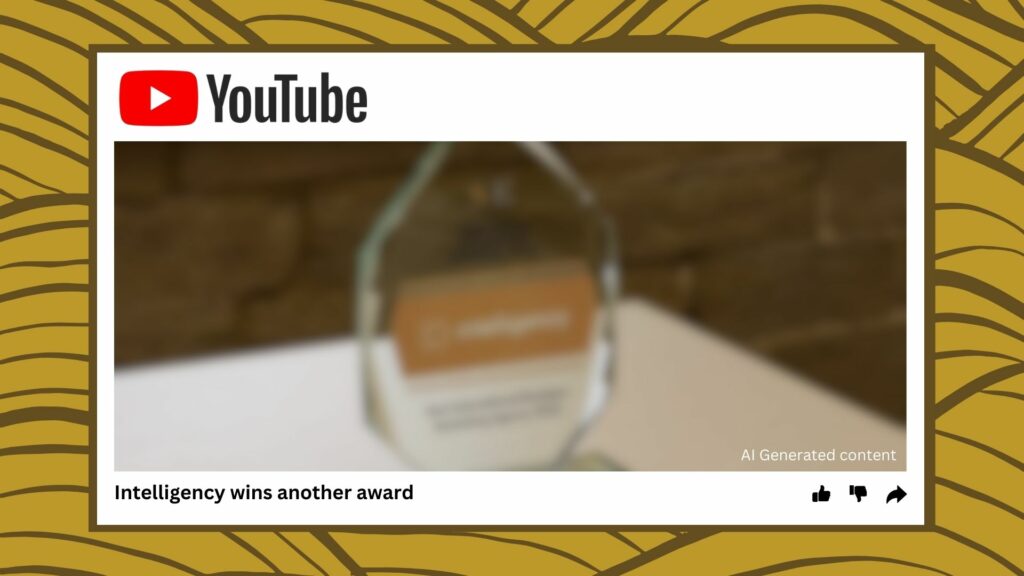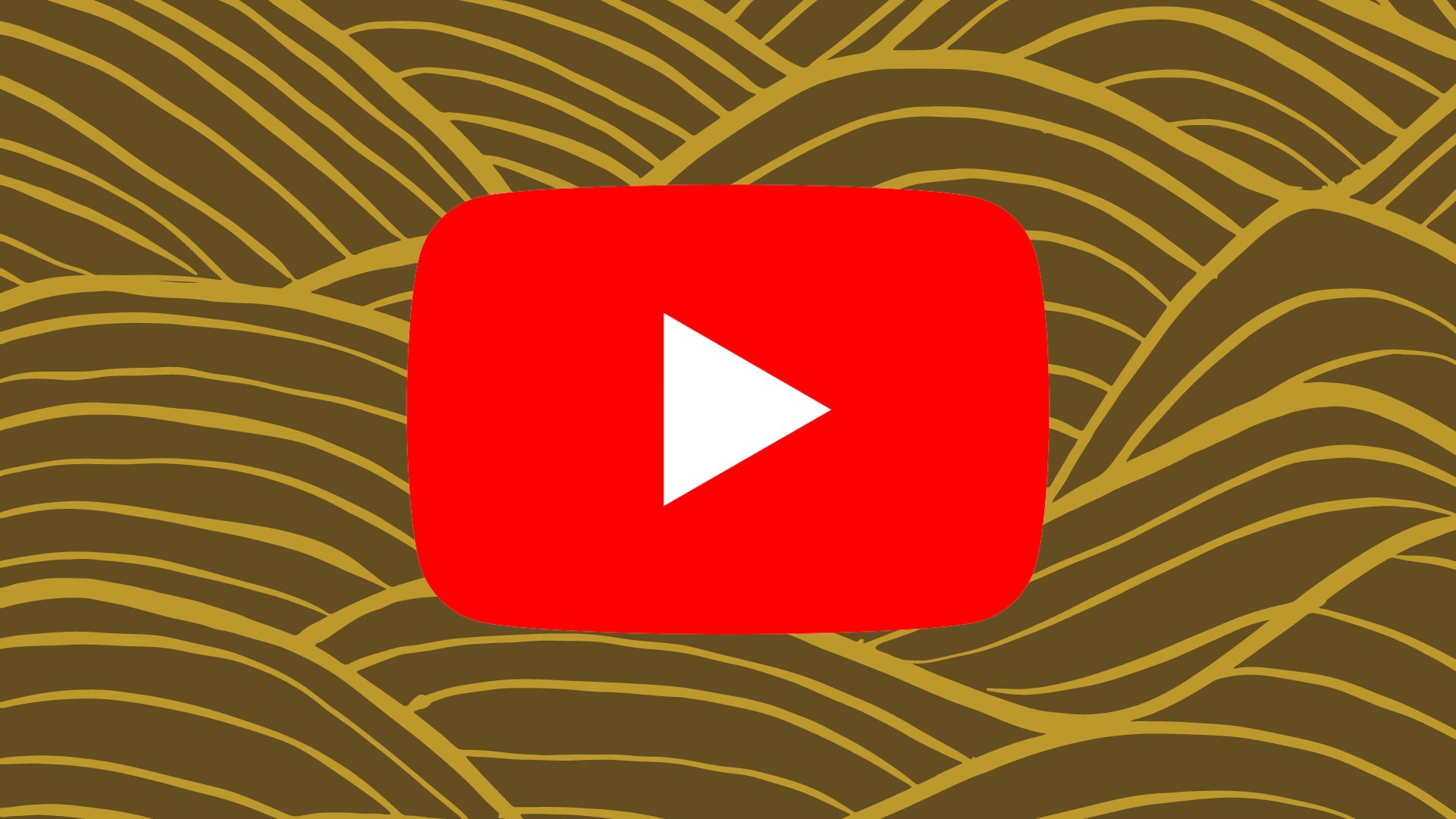As we delve deeper into the age of artificial intelligence, YouTube is taking significant steps to ensure transparency and integrity in the content shared on its platform. Here’s what’s new and how it affects creators and viewers alike.
Introducing Self-Labeling for AI-Generated Content
YouTube recently unveiled a feature that allows creators to self-identify their videos containing AI-generated or synthetic material during the upload process. This initiative aims to maintain honesty and clarity on the platform, requiring creators to mark “altered or synthetic” content that mimics reality. This could range from videos making a real person say or do something they didn’t, altering footage of real events and places, to showcasing a realistic-looking scene that never actually occurred.
What Needs to Be Disclosed?
Creators are now faced with the responsibility of disclosing any content that could potentially deceive viewers into thinking it’s real. YouTube provided examples to clarify the type of content needing disclosure:
- A fake tornado moving towards a real town
- Using deepfake technology to alter a real person’s voice in a narration
- However, YouTube delineates that disclosures are not necessary for content that is evidently fictitious, such as animation, beauty filters, or special effects like background blur.
Balancing Protection and Creativity
In November, YouTube introduced a nuanced AI-generated content policy, establishing two levels of guidelines: stringent ones aimed at protecting music labels and artists, and more lenient rules applicable to the broader creator community. For instance, deepfake music videos could be subject to removal at the request of the artist’s label. Yet, for average individuals impersonated through deepfakes, the removal process involves a more complex privacy request form, highlighting the challenges in managing AI-generated content.

The Honour System and Beyond
YouTube’s approach to AI content labelling largely relies on creators being truthful about their videos’ content. Despite the intrinsic challenges in detecting AI-generated content—owing to the historical inaccuracy of AI detection tools—YouTube is committed to enhancing its detection capabilities. The platform also reserves the right to add AI disclosures to videos post-upload, particularly when the content might mislead viewers, with more explicit labels for sensitive topics such as health, elections, and finance.
Looking Forward
With these updates, YouTube joins other social media giants in the quest to regulate AI-generated content, balancing innovation with integrity. This move is not only about adhering to a set of rules but also about fostering a culture of transparency and trust among creators and viewers. As the landscape of digital content continues to evolve, these guidelines will play a crucial role in shaping the future of content creation and consumption on YouTube.
For further insights on digital media trends and AI’s impact, resources like Pew Research Center and Statista offer valuable statistics and analyses on the technology’s broader implications.






